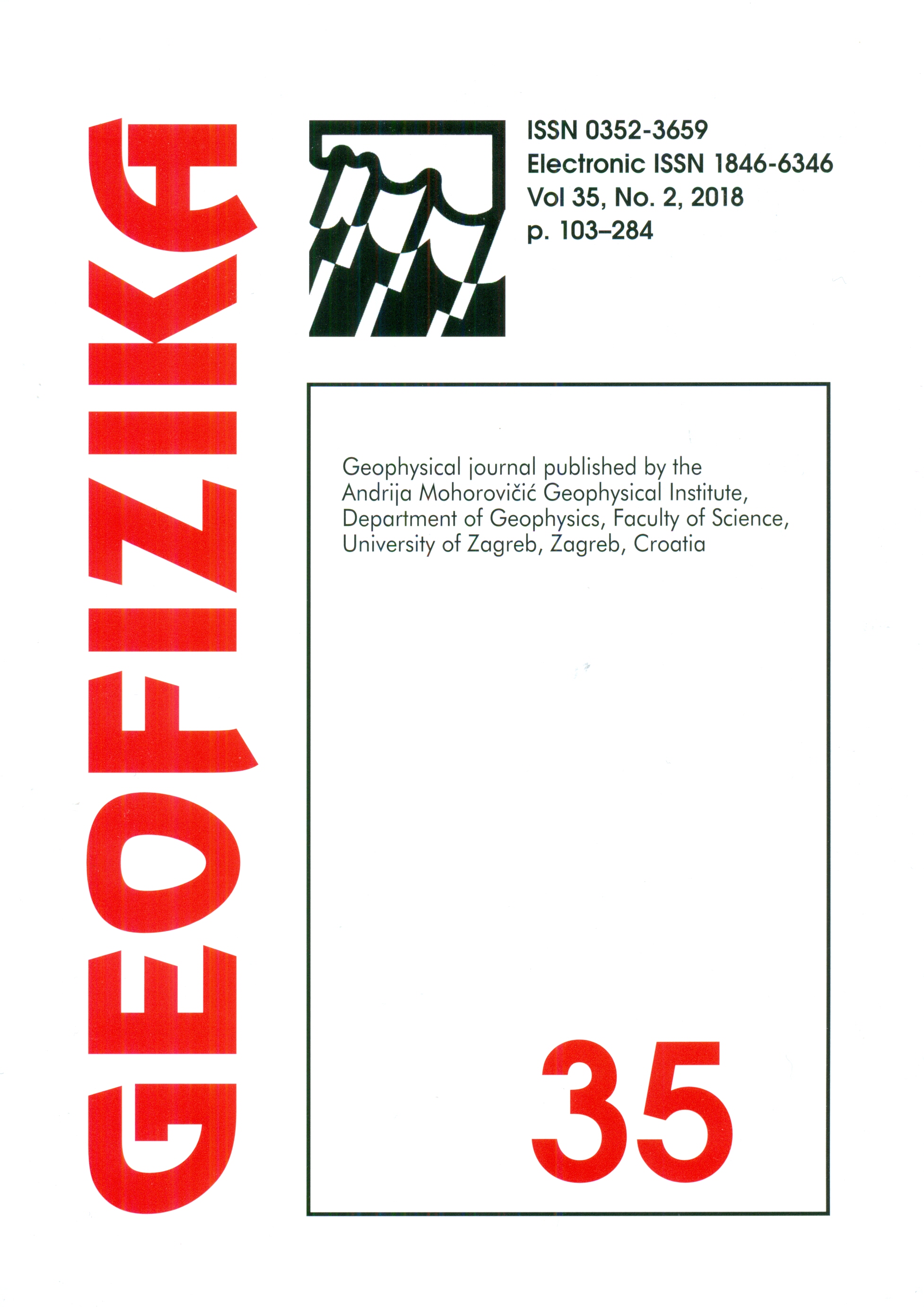Investigation of the Central Adriatic lithosphere structure with the AlpArray-CASE seismic experiment
DOI:
https://doi.org/10.15233/gfz.2018.35.6Keywords:
AlpArray, Adriatic microplate, Dinarides, lithosphere, seismic networks, noise levelAbstract
The tectonics of the Adriatic microplate is not well constrained and remains controversial, especially at its contact with the Dinarides, where it acts as the lower plate. While the northern part of the Adriatic microplate will be accurately imaged within the AlpArray project, its central and southern parts deserve detailed studies to obtain a complete picture of its structure and evolution. We set-up the Central Adriatic Seismic Experiment (CASE) as a AlpArray Complementary Experiment with a temporary seismic network to provide high-quality seismological data as a foundation for research with state-of-the-art methods and high-precision seismic images of the controversial area. The international AlpArray-CASE project involves four institutions: the Department of Earth Sciences and the Swiss Seismological Service of ETH Zürich (CH), the Department of Geophysics of the Faculty of Science at the University of Zagreb (HR), the Republic Hydrometeorological Service of the Republic of Srpska (BIH) and Istituto Nazionale di Geofisica e Vulcanologia (I). The established temporary seismic network will be operational for at least 18 months. It combines existing permanent and temporary seismic stations operated by the involved institutions together with newly deployed temporary seismic stations, installed in November and December 2016, managed by ETH Zürich and INGV: five in Croatia, four in Bosnia and Herzegovina and one in Italy. We present our scientific aims and network geometry as well as newly deployed stations sites and settings. In particular, the new stations show favourable noise level (power spectral density estimates). The new network improves considerably the theoretical ray coverage for ambient noise tomography and the magnitude threshold shown in the Bayesian magnitude of completeness threshold map.
Downloads
Published
Issue
Section
License
Copyright (c) 2021 Geofizika journal

This work is licensed under a Creative Commons Attribution-NonCommercial 4.0 International License.

